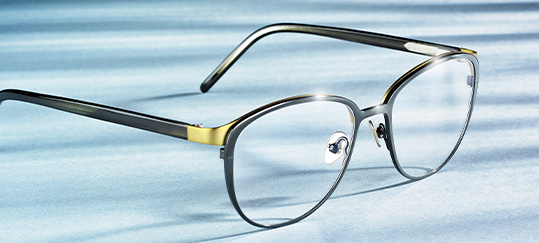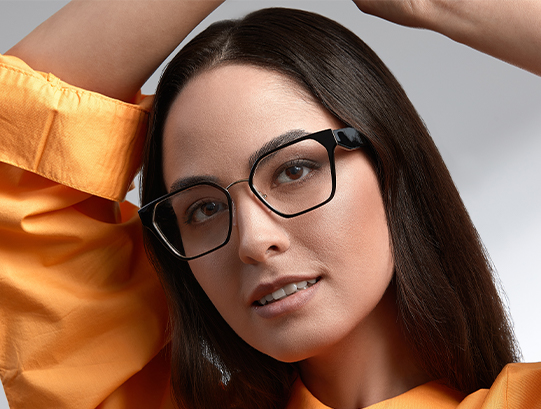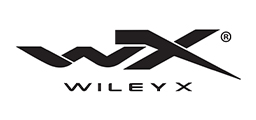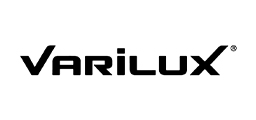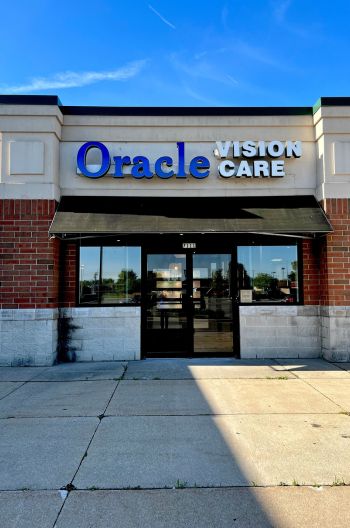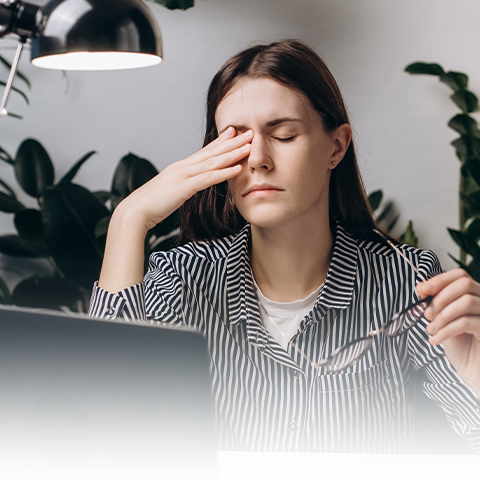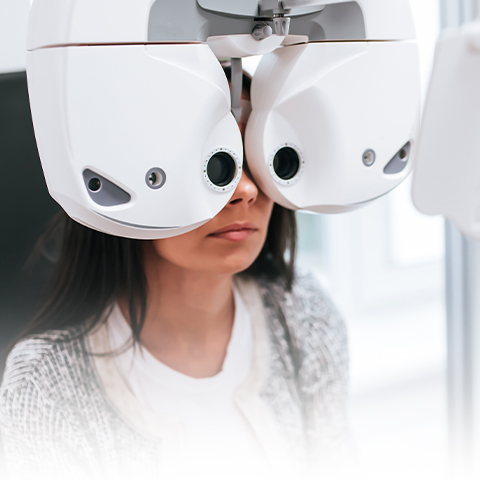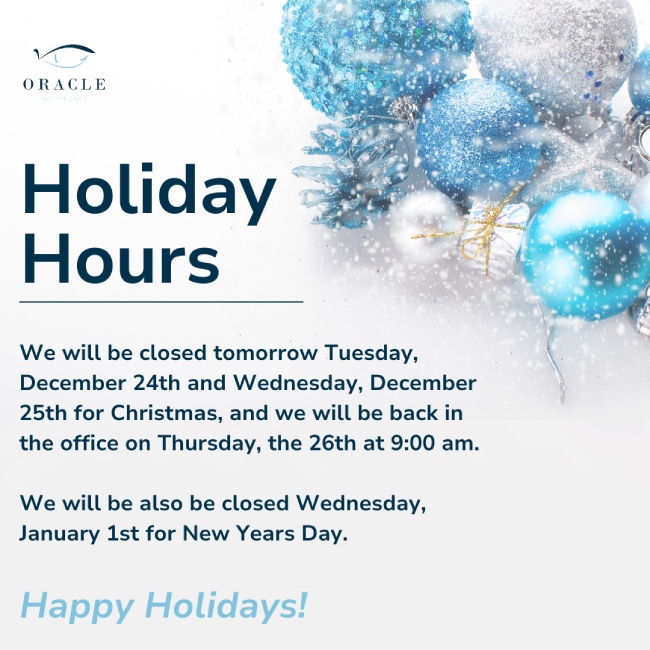Support for Lifelong Visual Success
Myopia, also known as nearsightedness, is a common vision problem affecting millions worldwide. Beyond causing blurry distance vision, the impacts of myopia are a growing concern for healthcare professionals, as the rates of myopia are rising globally.
Fortunately, there are several effective methods for managing myopia in childhood. By focusing on your child’s eye care today, we can help protect their lifelong eye health and sight. Contact our team today to see how we can support your child’s vision.
Myopia Affects Lifelong Eye Health
Blurred distance vision is only one of many life-long effects of myopia. Nearsightedness occurs when the eye or cornea (clear front of the eye) grows too long, preventing light from focusing inside the eye. The growth stretches tissue, impacting eye health in adulthood.
Myopia can severely impair vision and increase the risks of cataracts, glaucoma, macular degeneration, and retinal detachment.

Myopia Management Methods
Managing myopia goes beyond sharpening blurry sight. Vision can be an integral part of how children interact with their environment, from participating in fun activities to learning in the classroom. Myopia management can support their confidence, so they don’t feel left behind or struggle to keep up with their peers.
By reducing the eyestrain and discomfort associated with nearsightedness, myopia management can make it easier for children to focus on what matters most. With appropriate treatment, your child can feel comfortable and ready to take on any challenge that comes their way.
Atropine Eye Drops
Atropine eye drops are among the most frequently prescribed treatments to help slow myopia progression in children. Relaxing the focussing muscles around the eyes can reduce the amount of strain caused by the extra focus needed to overcome blurry distance vision.
The atropine eye drops are applied at night, as they can temporarily cause blurred vision. Notably, glasses or contact lenses may still be needed to correct your child’s nearsightedness during the day.
Ortho-k
Orthokeratology (ortho-k) uses specially designed rigid gas permeable contact lenses worn at night. It works by temporarily reshaping your child’s cornea, correcting how light is focused inside the eye. The improved shape focused light directly on the retina (light-detecting tissue) instead of scattering in front of it.
As a result, your child can experience clear vision during the day without wearing contact lenses or glasses.
Multifocal Contacts
Multifocal contact lenses contain multiple powers to simultaneously correct distance vision and slow eye growth. The specially designed lenses feature a bull’s eye design to prevent peripheral defocus (when light scatters inside the eye, reaching behind the retina to stimulate eye growth).
Unlike ortho-k, multifocal contacts for myopia use soft lens material and must be worn during the day.
Multifocal Spectacles
Similar to multifocal contact lenses, multifocal spectacles or glasses contain multiple focal powers to provide sharper vision and slow eye growth.
The design helps focus scattered light inside the eye (peripheral defocus), stimulating eye growth. By concentrating light to focus on the retina correctly, distance vision is improved, and the eye stops receiving the signal to continue lengthwise growth.
Preparing for Your Child’s Future
At Oracle Vision Care, we know the value of planning for your child’s future. You want the best possible care for your child, so they can enjoy lifelong health and happiness. We share those values and want to help support your child’s visual success. Contact us today so we can create a personalized plan for your child’s myopia.
Our Services
Our Brands

